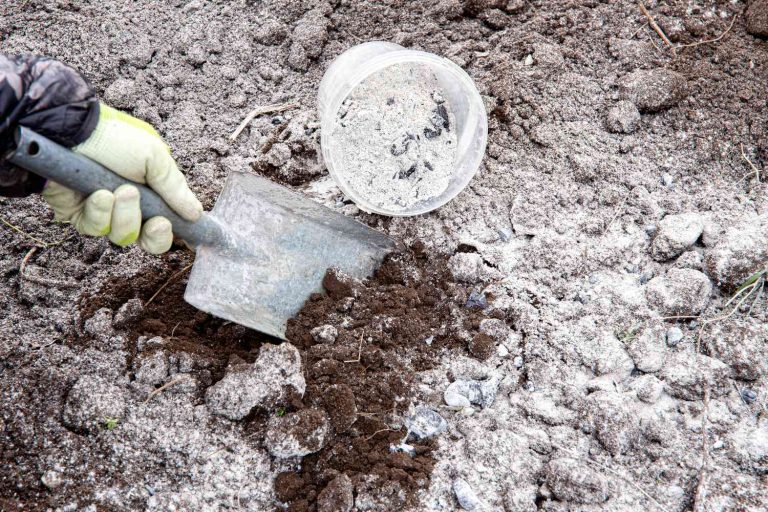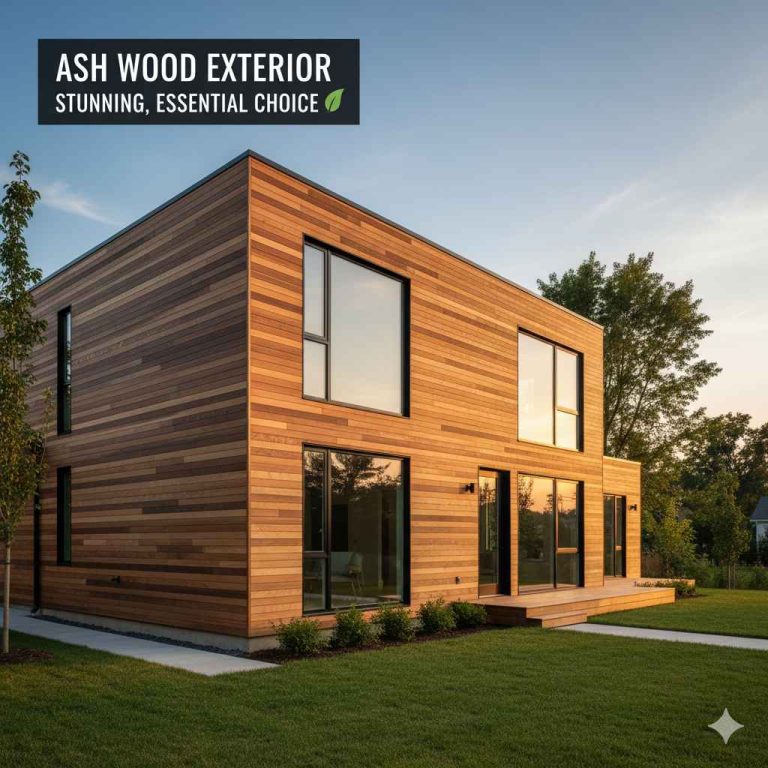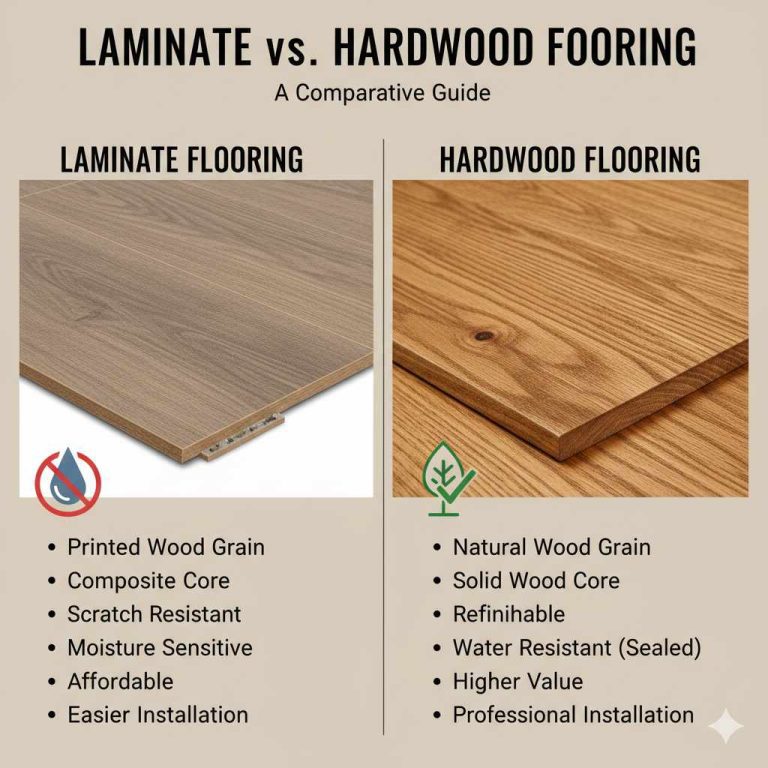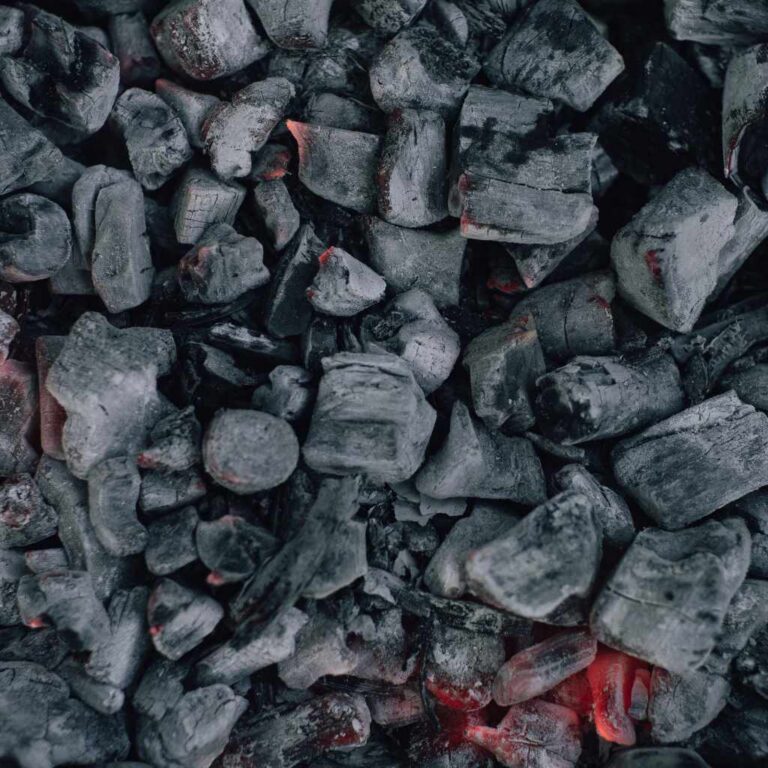Types of Ash Wood: Discover the Best Varieties for Your Project
Ash wood comes in various types including White Ash, Black Ash, and European Ash. Each type has unique characteristics and uses.
Ash wood is a popular choice for furniture, flooring, and sporting goods. Its strength, flexibility, and attractive grain pattern make it versatile. White Ash, known for its light color and durability, is commonly used in baseball bats and tool handles.
Black Ash, often darker and more porous, is preferred for decorative items and veneers. European Ash offers similar qualities to White Ash but is primarily found in Europe. The different types of Ash wood provide options for various applications, meeting both aesthetic and functional needs. Its workability and beauty ensure Ash wood remains a favorite among woodworkers and designers.
Introduction To Ash Wood
Ash wood is strong and durable. It has a light color and a straight grain. This wood is easy to work with. Carpenters and craftsmen love it. Ash wood is also flexible. It can bend without breaking. This makes it ideal for furniture and tools. The wood can be stained or painted easily. It also has a smooth finish when sanded.
Ash wood is very popular in woodworking. Many people use it for making furniture. It is also common in sports equipment. Baseball bats are often made from ash wood. The wood’s flexibility and strength make it perfect for this. Woodworkers also use it for tool handles. The wood is comfortable to hold and long-lasting. Many love its natural beauty and versatility.

White Ash: The Classic Choice
White ash is strong and durable. It has a light color with a straight grain. This makes it ideal for furniture and flooring. The wood is also flexible. This property is useful for making sports equipment like baseball bats. Carpenters love white ash for its ease of workability. It can be sanded and polished to a smooth finish.
White ash trees are common in North America. They grow quickly and are readily available. This makes them a sustainable choice. Proper management of ash forests ensures they will be around for future generations. Replanting efforts help maintain the population of these trees. Buying white ash products supports responsible forestry practices.
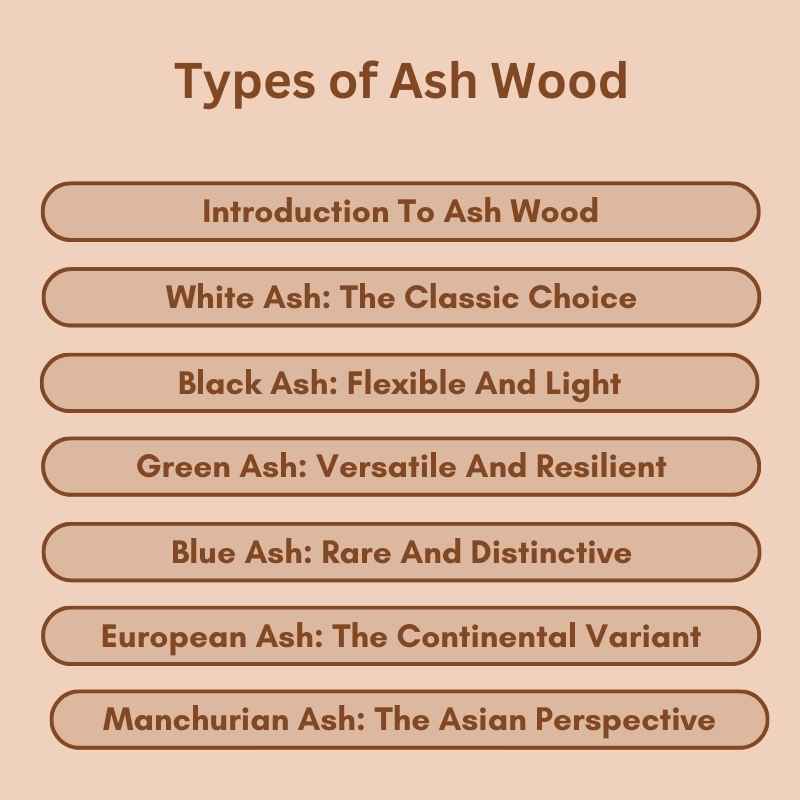
Black Ash: Flexible And Light
Black Ash stands out for its flexibility and light weight. Perfect for crafting baskets and lightweight furniture.
Unique Qualities
Black Ash wood is known for its flexibility. It is also very light. The wood bends easily without breaking. This makes it special for many uses. The color of Black Ash is dark and rich. It often has a beautiful grain pattern. The texture is soft and smooth. This makes it easy to work with. People love its unique qualities.
Suitable Projects
Black Ash wood is great for making baskets. The flexible wood is perfect for weaving. It is also used in furniture. Chairs and tables made of Black Ash are strong and light. The wood is good for musical instruments too. Drum makers love it. It helps create a good sound. Black Ash is perfect for many projects.
Green Ash: Versatile And Resilient
Green Ash wood is known for its strength. It is highly durable and can withstand heavy use. This type of wood resists splitting and cracking. It is often used in making furniture and sports equipment. Its strength makes it ideal for construction purposes.
| Ash Type | Strength | Durability |
|---|---|---|
| Green Ash | High | High |
| White Ash | Medium | Medium |
| Black Ash | Low | Low |
Blue Ash: Rare And Distinctive
Blue Ash has a distinctive blue inner bark. This feature is rare among ash species. The wood is hard and dense. It is also known for its unique grain patterns. The color ranges from light to medium brown. Sometimes there is a hint of gray. The leaves are compound with five to nine leaflets. The bark is furrowed and has a diamond-shaped pattern. These features make Blue Ash easy to identify.
Blue Ash is less common than other ash types. It grows in specific regions. This makes it harder to find. The demand often exceeds supply. Harvesting is challenging due to its limited availability. Transport costs are higher because of its rarity. Finding high-quality Blue Ash can be difficult. These factors make procurement a tough task.
European Ash: The Continental Variant
European Ash is lighter in color than American Ash. It has a smoother texture. The grain is straighter and more uniform. This wood is often more flexible. It has a lower density than American Ash.
European Ash is popular for furniture making. It is used in sports equipment. Many people use it for flooring. This wood is also found in tool handles. It is chosen for its strength and flexibility.
Manchurian Ash: The Asian Perspective
Manchurian Ash has a light color with a straight grain. The wood is known for its strength and durability. It has a fine texture that makes it smooth to touch. Carpenters love this wood for its easy workability. The wood is resistant to decay and insects. It also has a moderate weight, making it versatile for different projects.
Manchurian Ash is highly valued in Asia. It is used in furniture making and interior design. The wood is also popular for flooring and paneling. Craftsmen use it for musical instruments like guitars. Its aesthetic appeal makes it a favorite for decorative items. Artisans appreciate its ease of carving and shaping. The wood’s durability ensures long-lasting products.
Pumpkin Ash: The Swamp Wood
Pumpkin Ash thrives in wet areas. It grows in swamps and near rivers. The wood resists water well. The tree has roots that can handle wet soil. This helps it survive floods. Its leaves are thick and waxy. These leaves keep water from evaporating. The tree can also live in areas with lots of rain. All these features make it perfect for wet places.
Pumpkin Ash wood is strong and durable. This makes it good for furniture. The wood is easy to cut and shape. It takes nails and screws well. The wood also holds paint and stain nicely. It has a smooth finish when sanded. Carpenters like working with it. The wood is also used for flooring. It can handle heavy use. This makes it a favorite in many homes.
Comparing Ash Wood Varieties
White Ash wood is very strong. It can handle heavy weights. Green Ash wood is also strong but a bit lighter. Black Ash wood is not as strong. It is lighter than White and Green Ash.
White Ash wood has a light brown color. Its grain is straight and looks neat. Green Ash wood has a darker color. Its grain can be wavy. Black Ash wood has a greyish tone. The grain is often very wavy and unique.
Selecting The Right Ash Wood For Your Project
Grain pattern is crucial. Straight grains are easier to work with. Curved grains add unique beauty. Color variations range from light to dark brown. Choose based on your project’s theme. Hardness affects durability. Harder wood lasts longer but is harder to cut. Availability can impact your choice. Check local suppliers first.
Choose wood from reputable suppliers. Always inspect the wood before buying. Look for consistent color and grain. Avoid pieces with knots or cracks. These can weaken the wood. Check for proper drying and storage. This ensures the wood is stable. Ask about the wood’s origin and treatment. This helps in making an informed choice.
Finishing Ash Wood
Staining ash wood can bring out its natural beauty. Ash wood absorbs stain well, which makes it easy to achieve a rich color. Sealing ash wood helps protect it from moisture and damage. Use a high-quality sealant for the best results. This ensures the wood lasts longer and looks great.
Dust ash wood furniture regularly using a soft cloth. This keeps the surface clean and free from scratches. Polish the wood with a suitable wood polish to maintain its shine. Avoid using harsh chemicals as they can damage the finish. Keep furniture away from direct sunlight to prevent fading. Wipe up spills immediately to avoid stains.
Conservation Efforts For Ash Trees
The Emerald Ash Borer is a serious threat. This pest kills ash trees quickly. Ash trees are important for the environment. They provide shade and habitat. Many ash trees have already died. The loss of ash trees affects forests and urban areas. We must act fast to save them.
Protective measures are being taken to save ash trees. One method is chemical treatments. These can protect trees from the Emerald Ash Borer. Another way is biological control. Scientists release natural predators of the pest. Replanting efforts also help. New trees are planted in affected areas. These actions can help save ash trees.

Frequently Asked Questions
How Many Types Of Ash Wood Are There?
There are two main types of ash wood: White Ash and Black Ash. White Ash is commonly used for furniture and sports equipment. Black Ash is often used for baskets and veneers.
How To Identify Ash Wood?
Identify ash wood by its light color, straight grain, and coarse texture. Look for distinct growth rings. Check for elasticity and strength.
What Wood Is Closest To Ash?
Hickory is the wood closest to ash. Both are hard, dense, and have similar grain patterns. Hickory is also durable and strong, making it a great alternative to ash.
What Is The Difference Between Green Ash And Carolina Ash?
Green ash and Carolina ash differ in habitat and leaf shape. Green ash thrives in moist areas and has compound leaves. Carolina ash prefers wetland areas and has simple leaves.
Conclusion
Ash wood offers diverse options for woodworking projects. Each type has unique characteristics and uses. Whether you need strong, flexible, or visually appealing wood, ash provides excellent choices. Explore the various types and select the best fit for your needs.
Understanding these differences can enhance your woodworking projects significantly.


